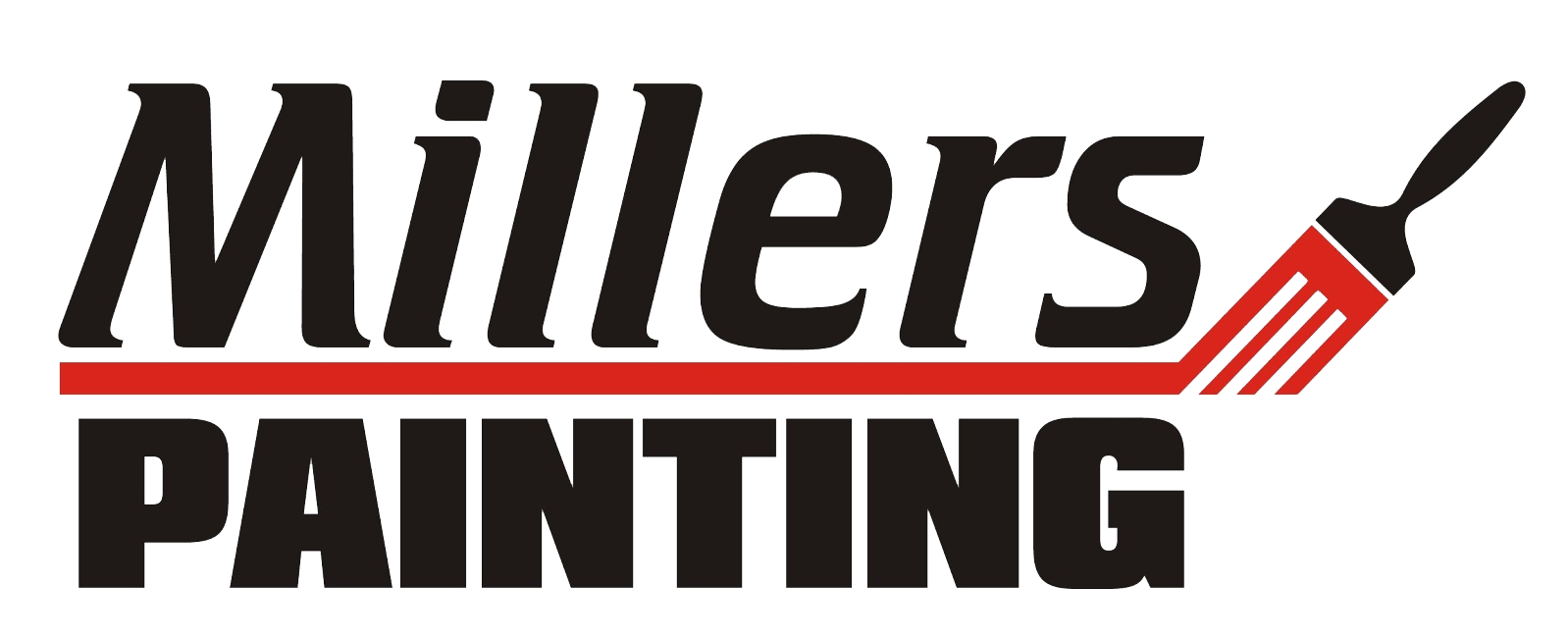Choosing the Right Type of Paint In Ottawa, Ontario
Do you want to redo the paint job of your home?
Repairing wall paint is an essential step when considering renovating your home. Change of interior decoration, complete renovation, face-lifting…There are no shortage of opportunities to carry out painting work
But which paint should you choose for your project?
The Different Types of Paint
Water-based Paint
Water-based paints contain a solvent that is mostly water. These paints generally emit little or no odor and are less harmful than oil paints.
However, they are generally more difficult to apply and more delicate to maintain.
There are several types of water-based paints:
Acrylic paint
Acrylic paint is composed of water and pigments bound by an acrylic resin. It is a versatile paint, which can be used on all kinds of prepared substrates, indoors (including wet rooms) or outdoors.
Advantages:
Fast drying
High covering power
Resistance to humidity
The appearance that does not yellow
Clean tools with water
Disadvantages:
Non-washable in a matte finish.
Vinyl paint
The vinyl paint contains, in addition to water, a mixture of vinyl and acetate.
This paint has good elasticity and mixes easily with pigments, so it is mainly used as an undercoat on porous surfaces or to create decorative effects. It can be applied indoors or outdoors.
Advantages:
Fast drying
High covering power
Appearance similar to that of an oil painting
Clean tools with water
Disadvantages:
The tendency to yellow over time (light colors).
Alkyd paint
The alkyd paint is considered a mixed paint (or hybrid).
If it is known today for its version in the aqueous phase, the resin it contains (the alkyd) was originally used to develop certain oil paintings.
Alkyd paint in the solvent phase, which has a much higher VOC content, is still on the market.
In the aqueous phase, the alkyd resin allows the paint to benefit from oil paint qualities (stretched appearance and high resistance) without inheriting its defects (mainly toxicity).
It can be used in all the rooms of a house and on all types of surfaces.
Advantages:
Quick-drying on the surface
High resistance
Easily washable
Smooth and shiny appearance (lacquered)
Clean tools with water
Disadvantages:
The tendency to yellow over time (light colors)
Slow drying through to the core.
Natural paint (ecological, organic …)
The natural paint contains mainly natural elements derived from plants or minerals (linseed oil, castor oil, rosemary, silica, clay …), mixed with water or essential oils, and original pigments mineral or vegetable.
This type of paint can be applied in any room of a home.
Advantages:
Low content of volatile organic compounds – VOCs – or heavy metals
High covering power
Washable paint
Slows down the growth of mold
Clean tools with water
Disadvantages:
Certain natural components can cause allergies, which typically disappear after a few days of ventilation.
Longer drying time
Oil paints
The oil paints organic solvents, such as gasoline, White spirit, or aromatic ketones. These paints, considered toxic to humans and the environment (and very odorous), are slowly falling out of favor.
It is recommended that you ventilate the rooms concerned abundantly during the application, then a few minutes a day until the paint is completely dry.
Despite these drawbacks, oil paints generally offer a more homogeneous rendering and more distinct colors than water-based paints.
They are also waterproof and more easily washable.
Need Help Choosing Paint?
We offer free paint and paint color consultancy alongside high-quality residential and commercial painting services in Kanata, Nepean, Barrhaven, and Westboro areas of Ottawa, Ontario.
To get started with us, book a FREE estimate or call us on 613-979-5435.


Recent Comments